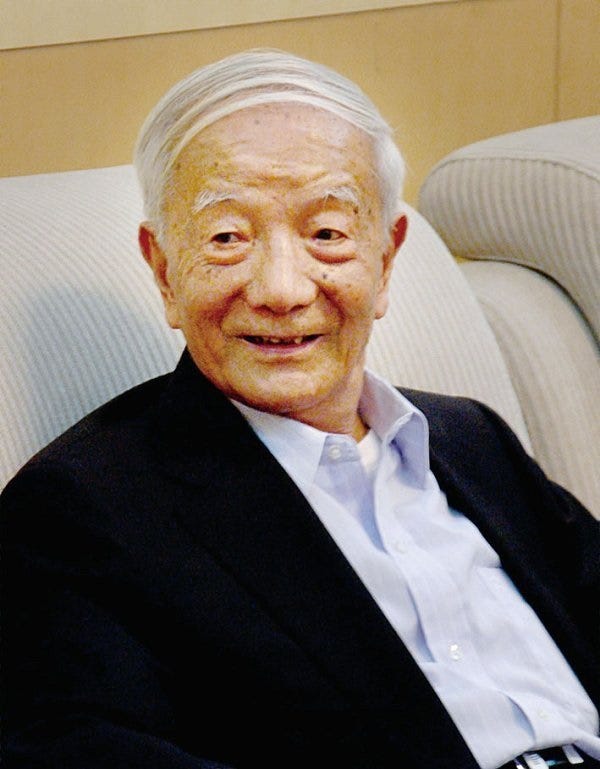The short life of the Long March 1
This was originally posted on Ko-fi on February 19th 2024.
The Long March 1 was China's first orbital launch vehicle but had a remarkably short service life compared to those from other nations. Having only flown twice the rocket is unique in China as almost all remaining rockets within the country can trace their design heritage to it.
Standing 29.86 meters tall and massing 81,600 kilograms the rocket is only capable of sending 300 kilograms to a low Earth orbit, typically below a 500 kilometer perilune in altitude.
The first two stages are from the Dong Feng-4 intercontinental ballistic missile.
The first-stage is powered by one YF-2A engine, which is made up of four YF-1A engines, for roughly two minutes and 10 seconds and burns unsymmetrical dimethylhydrazine and nitric acid. This stage generated a believed 124 tons of thrust.
The second-stage is powered by one YF-3A engine for roughly two minutes and six seconds also burning unsymmetrical dimethylhydrazine and nitric acid. This stage generated a believed 33 tons of thrust.
The third and final stage is comprised of a solid rocket motor burning polysulfide-based solid propellant for thirty-eight seconds. This stage generated a believed 18 tons of thrust.

The first launch of the Long March 1 occurred on the 24th of April 1970 carrying the Dong Fang Hong 1 satellite. The launch was a complete success and placed the satellite into a 441 by 2286 kilometer orbit on a 68.42-degree inclination.
Dong Fang Hong 1 was the first satellite launched into orbit by China and successfully operated for its nineteen-day mission. The satellite weighed 173 kilograms and carried a radio transmitter where it played music to the ground below. The satellite is still in space today almost fifty-four years later!
The second, and last, launch occurred thirteen months later on the 3rd of March 1971 carrying the Shijian 1 satellite. The launch was also a complete success and placed the satellite into a 266 by 1826 kilometer orbit on a 69.9 inclination.
Shijan 1 was a scientific satellite that measured cosmic rays and radiation belts and successfully operated for eight years when it re-entered the Earth's atmosphere. The satellite was designed to only operate for one year and weighed 221 kilograms.
The Long March 1 also had a planned upgrade called the Long March 1D. The upgraded rocket would have been able to send 930 kilograms to low Earth orbit. The Long March 1, and its upgrade, would ultimately be replaced by the Long March 2 series of rockets, which are based on the Dong Feng-5 intercontinental ballistic missile.
The chief designer of the Long March 1 was Wang Xiji, born on the 26th of July 1921 and as of writing still alive aged 102. In the late 50s, Wang Xiji was appointed as chief engineer of the Shanghai Institute of Mechanical and Electrical Engineering where he was responsible for launch vehicle development.
Wang Xiji proposed and led the design for the Long March 1 in the 60s as well as leading the design of the Jian Bing 1 satellite, which was China's first satellite capable of returning from space. The design of the Jian Bing 1 satellite would lead to a more successful design than the U.S. Corona and Soviet Zenit series of recoverable satellites.
Towards the end of the 1960s, Wang Xiji also proposed the Shuguang crewed spacecraft, which was later canceled due to funding issues in 1972. He would later serve as a senior supervisor of the Shenzhou program in the 1990s and 2000s.
In his later life, Wang Xiji has been awarded with the following; Two Bombs, One Satellite Meritorious Medal, Ho Leung Ho Lee Prize for science and technology progress, Special Prize of the State Science and Technology Progress Award, and has been elected an academician of the International Academy of Astronautics and the Chinese Academy of Sciences.




